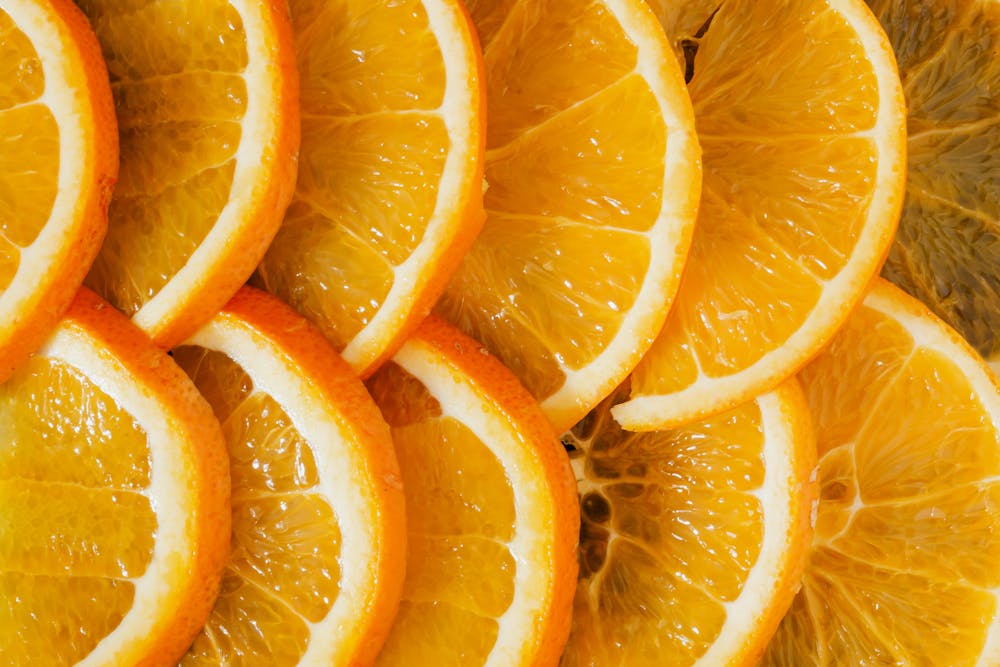Superfoods have been a buzzword in the realm of nutrition, but what exactly makes them so super? Through my exploration and incorporation of nutrient-packed foods into my diet, I’ve come to understand the true power of these superfoods and how they can positively impact my health. Here’s what I’ve learned about demystifying superfoods and integrating them into my everyday meals:
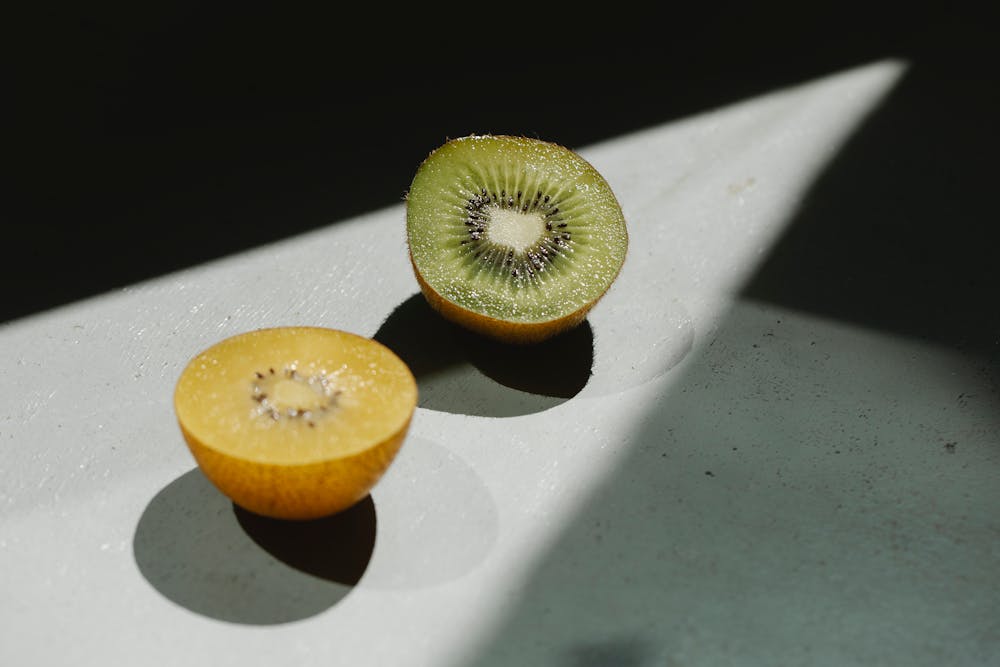 **1. Understanding Superfoods:**
**1. Understanding Superfoods:**
Superfoods are nutrient-dense foods that are rich in vitamins, minerals, antioxidants, and other beneficial compounds. While there isn’t a strict definition of what constitutes a superfood, these foods are known for their exceptional nutritional profiles and potential health benefits.
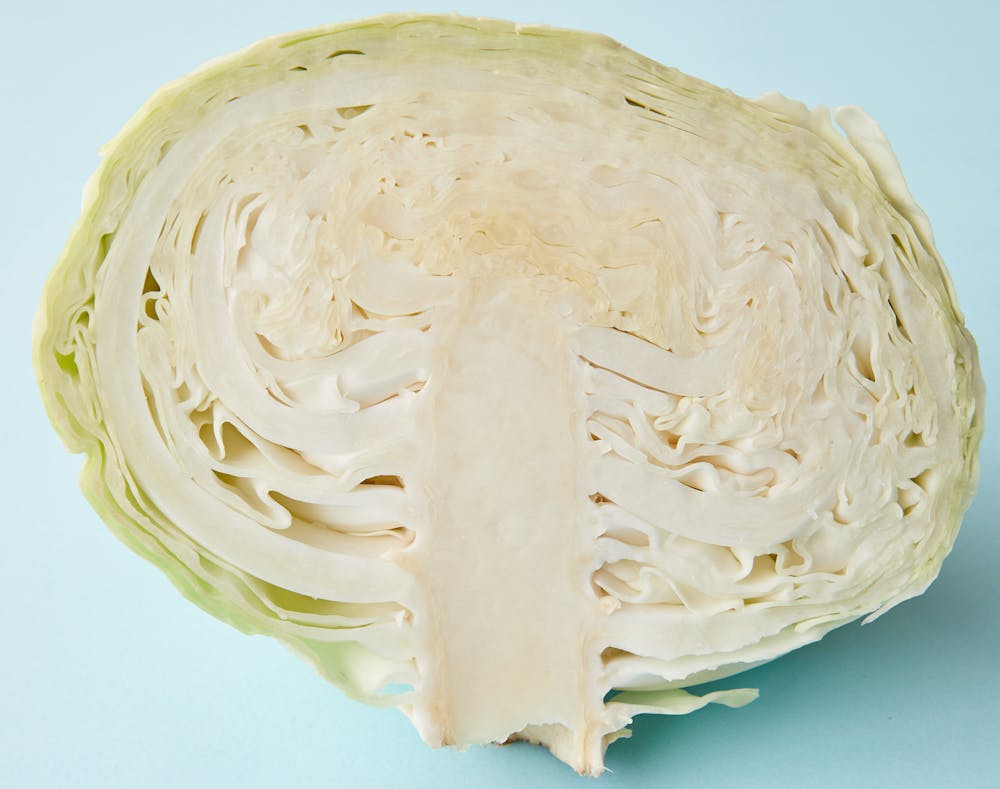 **2. Variety is Key:**
**2. Variety is Key:**
One of the most important aspects of incorporating superfoods into my diet is to prioritize variety. Each superfood offers a unique set of nutrients and health-promoting properties. By including a diverse array of superfoods in my meals, I ensure that I’m getting a wide range of essential nutrients to support overall health and well-being.
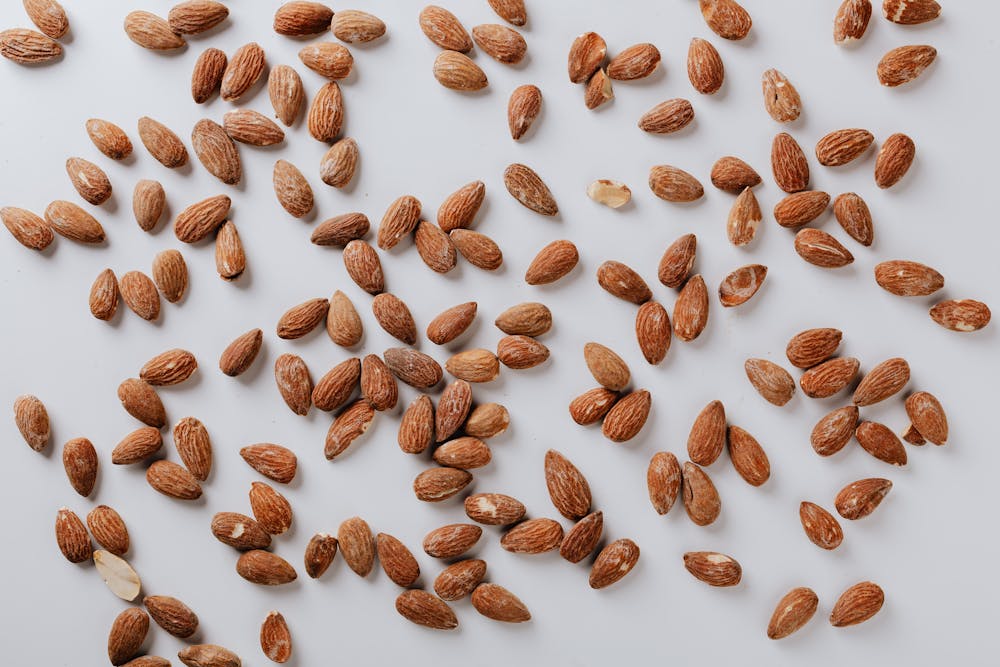 **3. Focus on Whole Foods:**
**3. Focus on Whole Foods:**
Many superfoods are whole, unprocessed foods that can easily be incorporated into a balanced diet. Examples include berries, leafy greens, nuts, seeds, fatty fish, whole grains, legumes, and colorful fruits and vegetables. These foods are not only rich in nutrients but also offer important dietary fiber and phytonutrients.
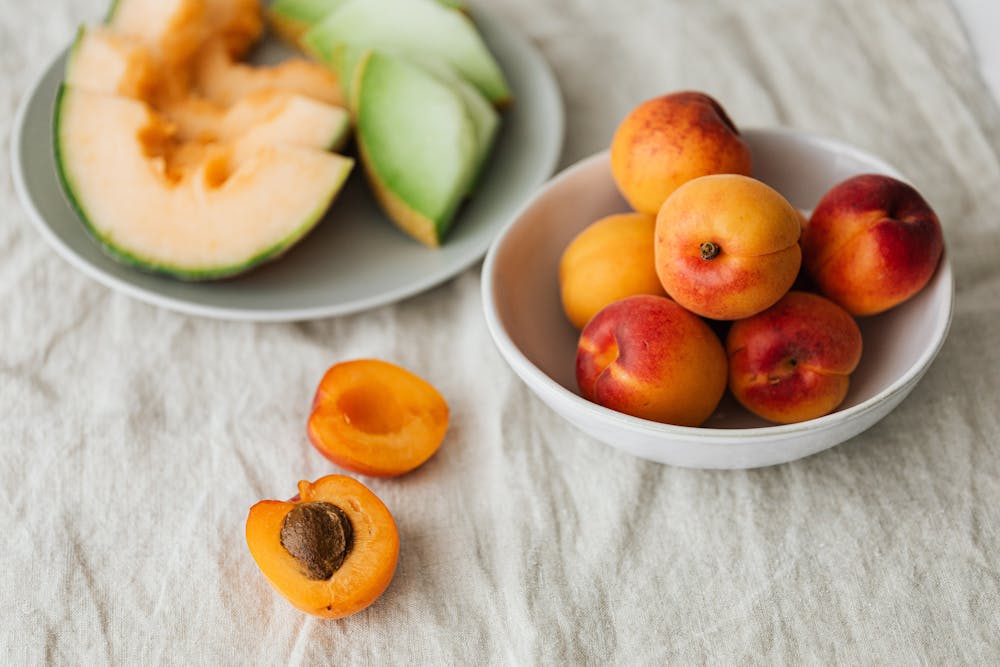 **4. Berries:**
**4. Berries:**
Berries such as blueberries, strawberries, raspberries, and blackberries are packed with antioxidants, vitamins, and fiber. I enjoy adding them to smoothies, yogurt bowls, oatmeal, or simply snacking on them raw for a burst of flavor and nutrition.
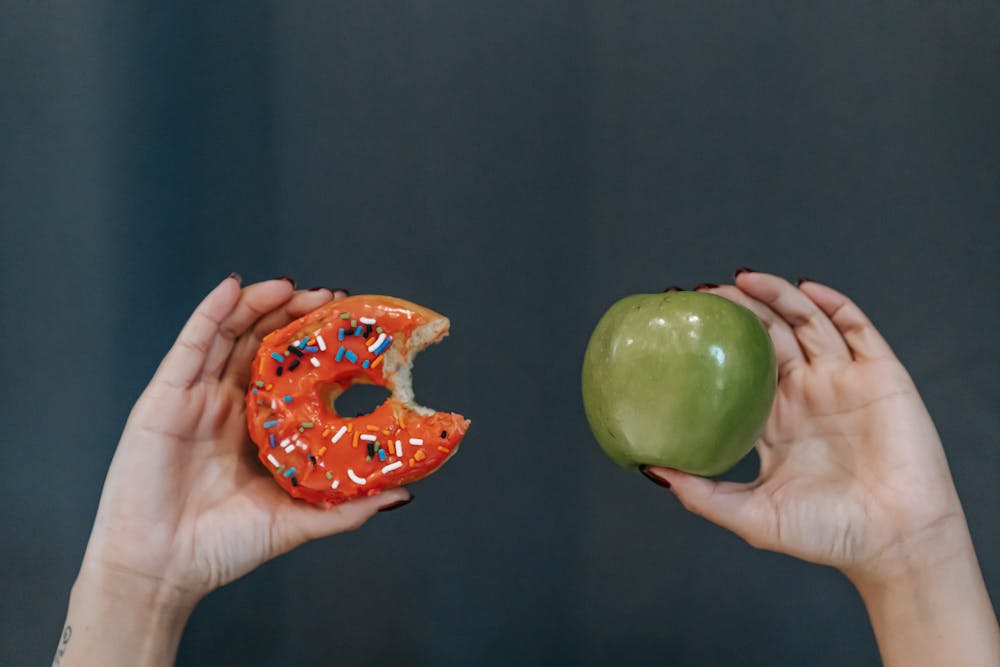 **5. Leafy Greens:**
**5. Leafy Greens:**
Leafy greens like spinach, kale, Swiss chard, and arugula are nutritional powerhouses rich in vitamins A, C, K, and folate, as well as minerals like iron and calcium. I incorporate leafy greens into salads, stir-fries, soups, and smoothies to boost the nutrient density of my meals.
 **6. Nuts and Seeds:**
**6. Nuts and Seeds:**
Nuts and seeds such as almonds, walnuts, chia seeds, and flaxseeds are excellent sources of healthy fats, protein, fiber, vitamins, and minerals. I sprinkle them on top of salads, yogurt, or oatmeal, or enjoy them as a convenient and nutritious snack.
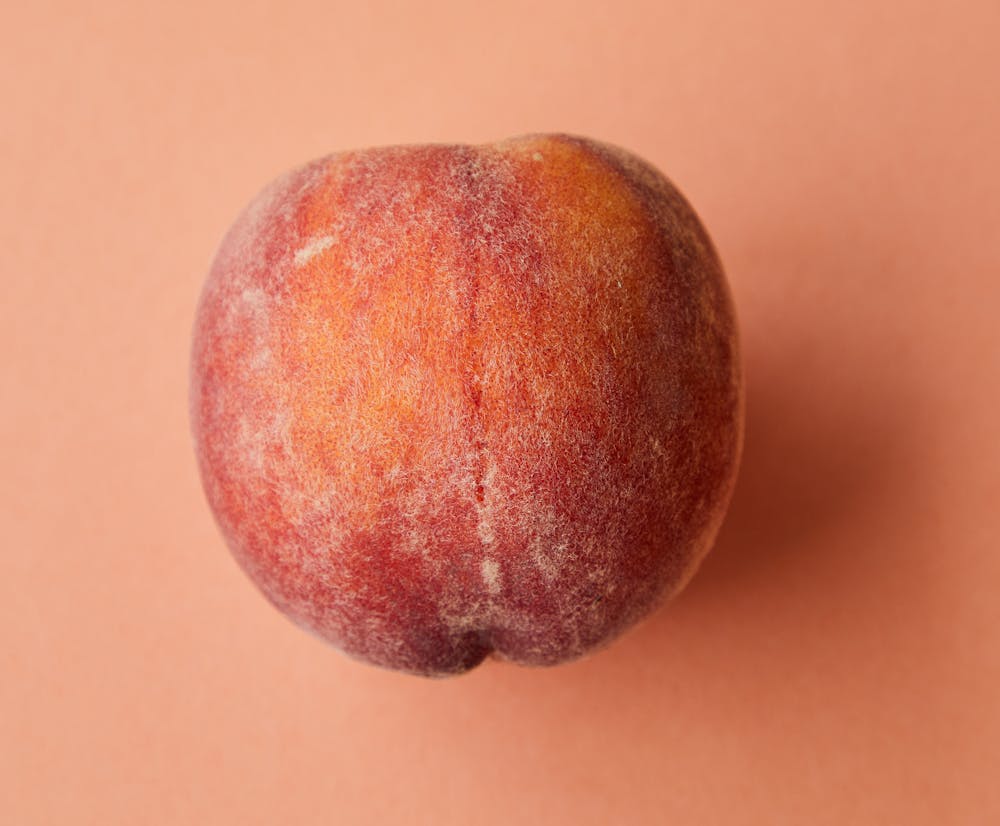 **7. Fatty Fish:**
**7. Fatty Fish:**
Fatty fish like salmon, mackerel, and sardines are rich in omega-3 fatty acids, which are beneficial for heart health, brain function, and inflammation. I incorporate fatty fish into my diet by grilling, baking, or pan-searing them and serving them with a side of roasted vegetables or whole grains.
 **8. Colorful Fruits and Vegetables:**
**8. Colorful Fruits and Vegetables:**
Colorful fruits and vegetables such as sweet potatoes, bell peppers, carrots, and tomatoes are packed with vitamins, minerals, and antioxidants. I aim to include a variety of colors on my plate to ensure a diverse range of nutrients and phytochemicals.
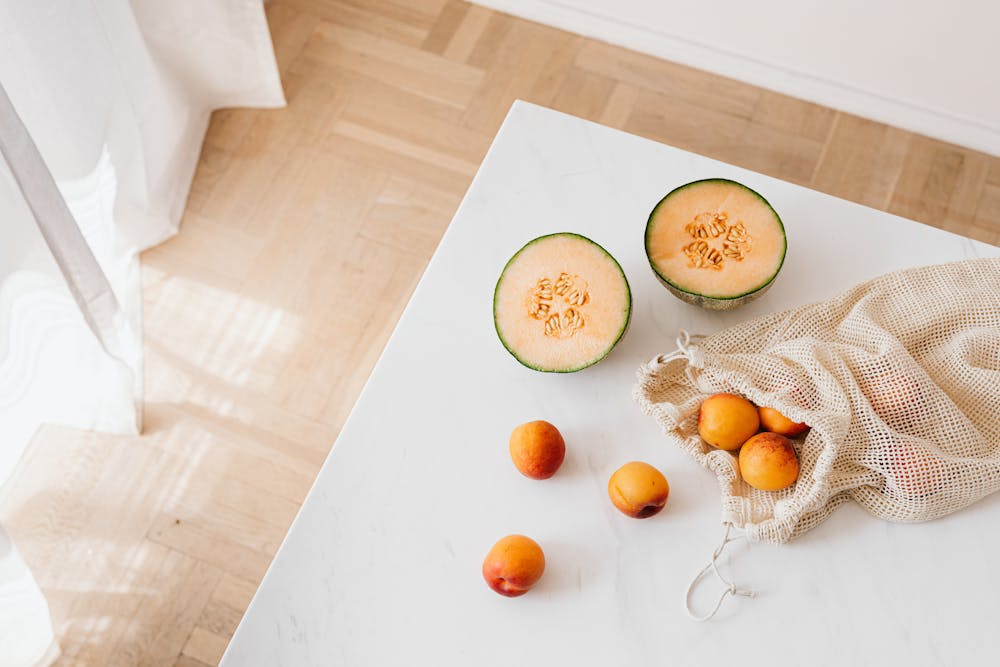 **9. Experiment and Enjoy:**
**9. Experiment and Enjoy:**
Incorporating superfoods into my diet doesn’t have to be complicated or restrictive. I embrace the opportunity to experiment with new recipes, flavors, and ingredients, and I enjoy the process of discovering delicious and nutritious ways to nourish my body.
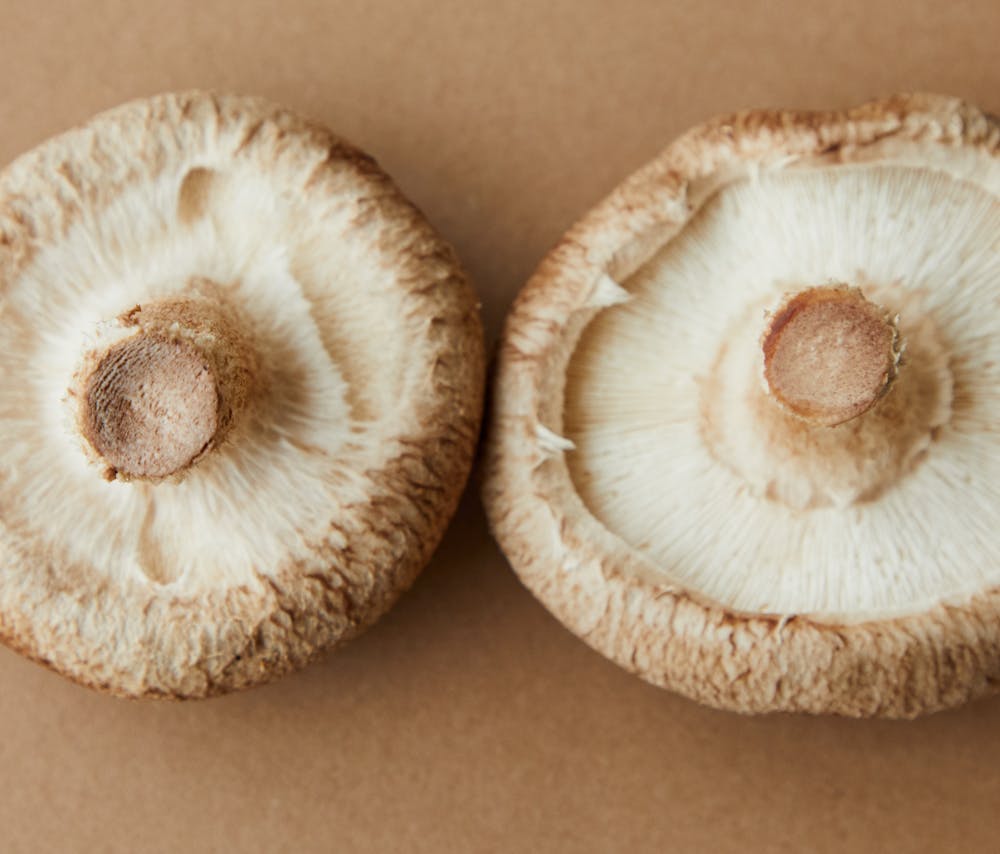 In conclusion, superfoods are a valuable addition to any healthy diet, offering a wealth of nutrients and health benefits. By prioritizing variety, focusing on whole foods, and embracing the abundance of nutrient-packed options available, I can harness the power of superfoods to support my health and well-being. Incorporating superfoods into my meals allows me to nourish my body from the inside out and enjoy the delicious flavors and textures that whole, unprocessed foods have to offer.
In conclusion, superfoods are a valuable addition to any healthy diet, offering a wealth of nutrients and health benefits. By prioritizing variety, focusing on whole foods, and embracing the abundance of nutrient-packed options available, I can harness the power of superfoods to support my health and well-being. Incorporating superfoods into my meals allows me to nourish my body from the inside out and enjoy the delicious flavors and textures that whole, unprocessed foods have to offer.
